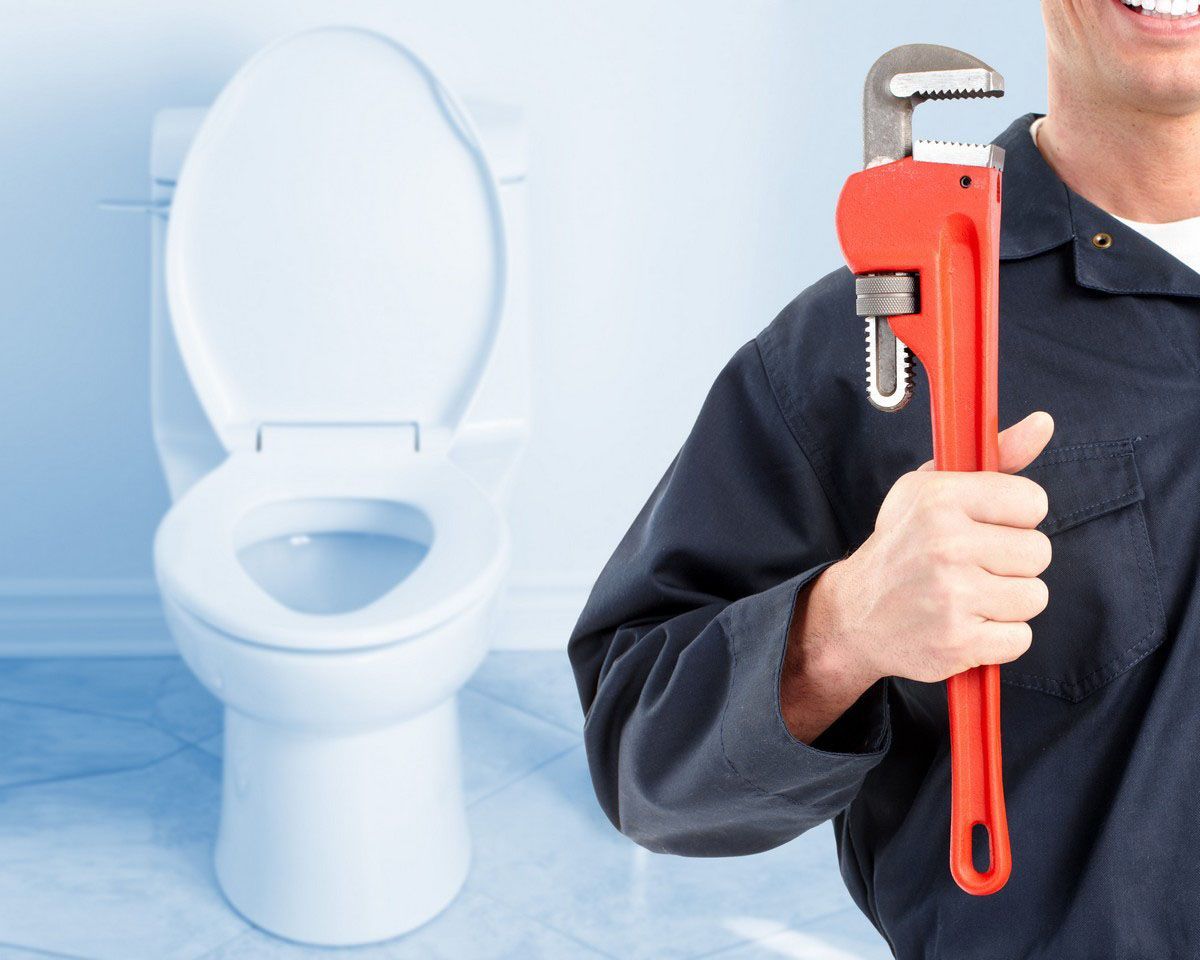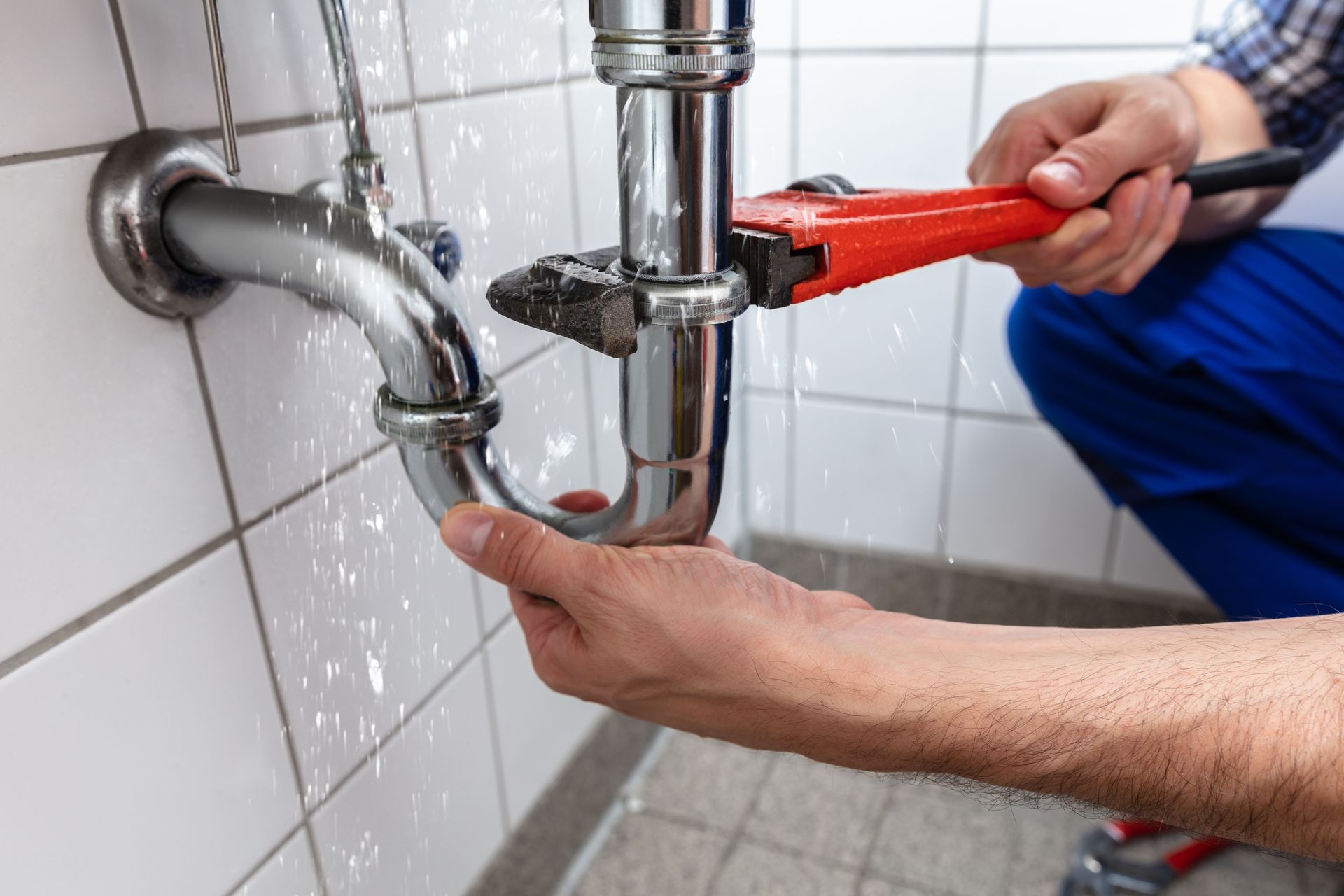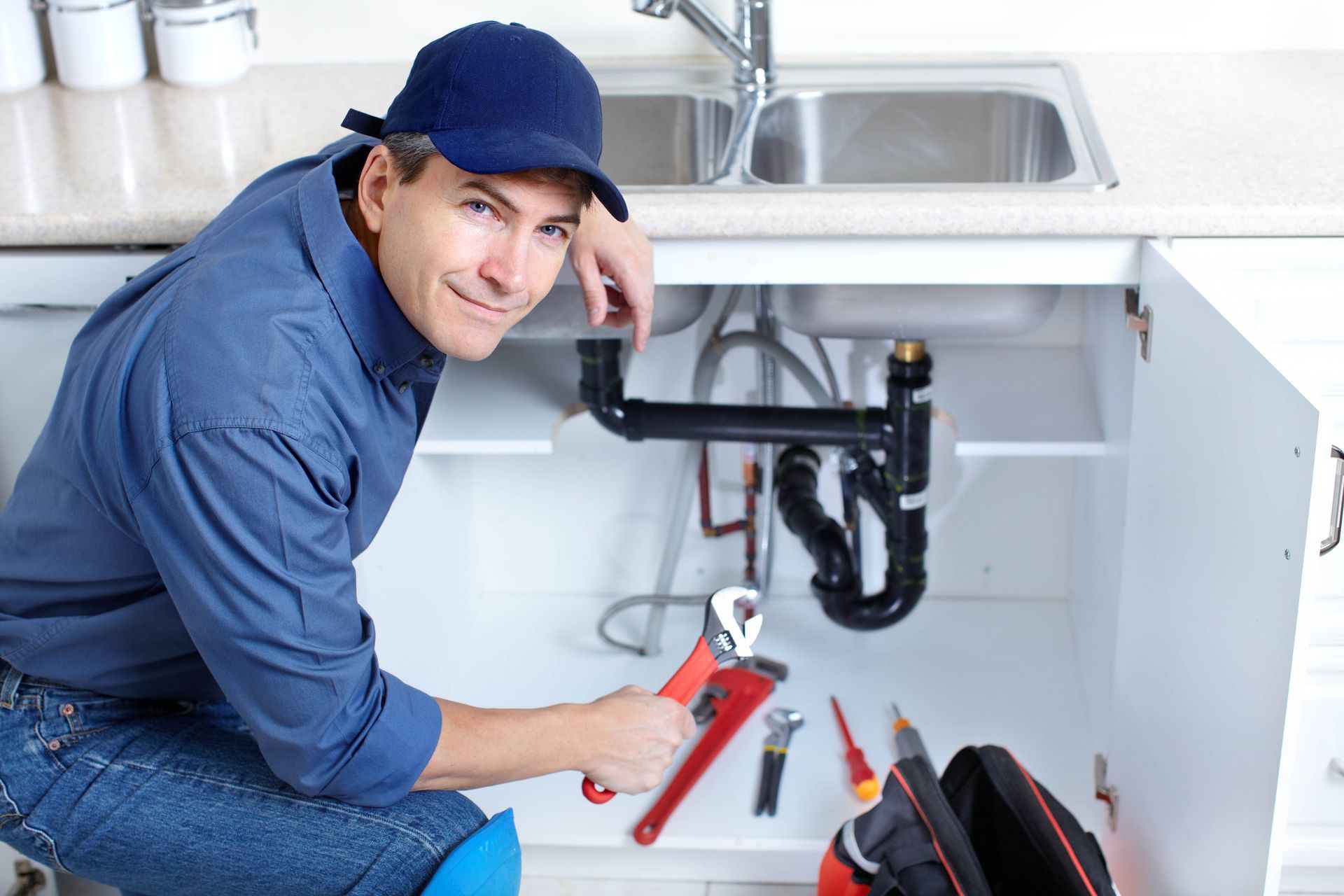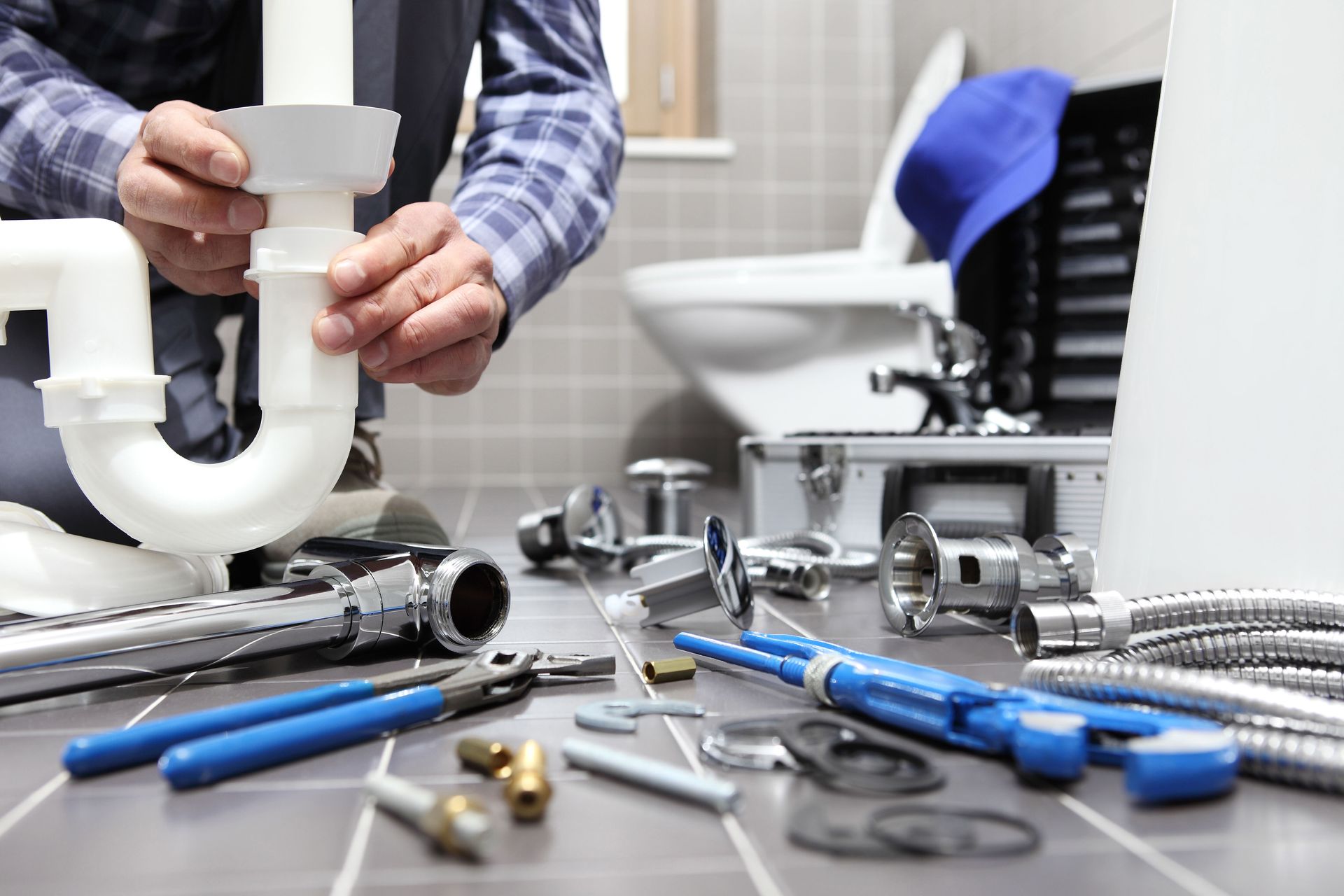What Are Slab Leaks? Causes, Detection, and Repair
Understanding slab leaks is crucial for homeowners and property managers. This article explains what slab leaks are, their causes, how to detect them, and repair options. By the end, you will know how to address this costly problem effectively and protect your property from long-term damage. Slab leaks can be stressful, but having the right information makes all the difference in how quickly and effectively they are handled. Taking preventive steps and knowing when to call for help can save thousands of dollars in future repairs. According to Today's Homeowners, slab leak repair costs vary by damage and repair method, ranging from $63 for minor fixes to over $4,400 for major repiping, which makes early detection and prompt repairs a vital step in protecting your budget.
Define Slab Leaks
Slab leaks occur beneath the concrete foundation of a home or building, often from pipes running under the slab. These hidden leaks can cause water pooling, rising water bills, mold, and even structural damage. Older homes with aging pipes are more susceptible to this type of problem, especially when plumbing has not been inspected in years. Because slab leaks are not visible on the surface, they can go unnoticed until significant damage is done. A professional plumbing company can identify and address these issues before major damage occurs, saving both time and money. Even for newer properties, regular checkups can be the difference between a minor fix and a major overhaul.
Locate Common Slab Leak Areas
Slab leaks frequently appear near kitchens, bathrooms, laundry rooms, and utility areas with concentrated plumbing. These are areas where high water usage and constant pressure on pipes can lead to faster wear and tear. Homes in regions with expansive clay soil or significant ground movement are at greater risk because soil shifts can strain underground plumbing. Even newly built homes can develop slab leaks if plumbing is installed in high-stress zones. Monitoring these high-risk areas can help you spot early warning signs and call a plumbing company promptly for inspection. Setting a routine schedule for visual checks around these spaces can also help catch subtle signs before they worsen.
Compare Slab Leaks to Other Types of Leaks
Unlike visible faucet or under-sink leaks, slab leaks are hidden and require specialized detection tools. They can occur in both freshwater and waste lines, and differ from roof or gutter leaks, which involve rainwater. Because of their location beneath the slab, these leaks can cause more serious structural problems than leaks inside walls or ceilings. Repairing slab leaks often requires more skill and planning, making early professional intervention essential to avoid invasive and expensive work later. A licensed plumbing company uses acoustic sensors and thermal imaging to pinpoint issues with minimal disruption, helping you avoid unnecessary demolition.
Address Slab Leaks Early
Delaying repairs can compromise a building’s structural integrity. Water damage from slab leaks can cause wood rot, mold, and foundation shifts. If left unchecked, these issues can spread to other parts of the home, making repairs more extensive and costly. Acting quickly also helps prevent potential health hazards from mold growth. The sooner you schedule a repair, the better the chance of limiting damage and controlling repair costs. Quick action can also help preserve your home’s value and avoid long-term insurance complications.
Review the History of Slab Leaks
In the past, slab leaks were often detected only after significant damage had already occurred. Limited detection technology meant that property owners had few ways to find leaks early. Today, advances in plumbing materials and detection methods have made early diagnosis much more common, reducing long-term costs and damage. Modern tools allow professionals to pinpoint leaks without tearing up large sections of flooring, making repairs less disruptive. This progress has turned what was once a major ordeal into a manageable repair process for many homeowners.
Prevent Material Corrosion
Corrosion is a major cause of slab leaks, especially in older plumbing. Hard water accelerates deterioration, as do soil and concrete contact. Pipe materials that were common decades ago may no longer be suited for modern demands. Regular inspections and pipe upgrades reduce the risk of corrosion-related leaks. Replacing outdated pipes through a plumbing company can prevent leaks before they start, and using corrosion-resistant materials ensures longer service life. In addition, using water softeners in hard water regions can slow the corrosion process significantly.
Avoid Improper Construction Practices
Construction flaws such as poor soil compaction or incorrect pipe installation can cause stress on plumbing over time. Pipes that are bent or installed under too much pressure are more likely to fail. Even small construction shortcuts can lead to big problems later. Using qualified contractors during construction or renovation helps avoid these risks and ensures that plumbing systems meet local codes and standards. It’s also wise to request inspection reports for newly purchased homes to verify proper installation.
Reduce Risks from Shifting Soil
Soil that swells or shrinks with moisture changes can crack or dislodge pipes. Areas with seasonal rainfall or drought conditions are especially vulnerable. Over time, soil movement can weaken both the foundation and the plumbing beneath it. Installing proper drainage systems can reduce soil movement and protect underground pipes from unnecessary strain. Landscaping that minimizes water pooling around the foundation can also help limit soil shifts and protect your plumbing.
Manage Water Pressure Changes
Extreme water pressure can burst pipes, while low pressure may signal blockages. Both situations stress plumbing and can lead to leaks if left unresolved. Installing and maintaining pressure regulators keeps levels safe and extends pipe lifespan. Periodically checking water pressure also helps detect developing issues before they become emergencies. Homeowners can invest in inexpensive gauges to monitor pressure changes without waiting for visible damage to appear.
Prevent Tree Root Intrusion
Tree roots can penetrate older pipes in search of moisture, causing leaks and blockages. Once inside, roots can expand and cause pipes to crack or burst. Strategic landscaping and root barriers help prevent this problem before it starts. A plumbing company can remove invasive roots and repair affected lines to restore proper flow and prevent future damage. Choosing slow-growing tree species for planting near your home can further reduce this risk.
Identify Symptoms and Warning Signs
Warning signs include unexplained water bills, damp floors, musty odors, or the sound of running water when taps are off. You might also notice warm spots on the floor if the leak is from a hot water line. Any of these symptoms should prompt professional inspection, as catching leaks early can save thousands in repairs. Trusting your instincts when something feels “off” with your plumbing can help you act before the damage escalates.
Use a Water Meter to Check for Leaks
Turn off all water fixtures and see if the meter continues moving. If it does, you may have a hidden leak that requires further investigation. This is a simple and inexpensive way to monitor for potential slab leaks, especially in older homes. Making this part of seasonal home maintenance can help you stay ahead of hidden plumbing issues. If the reading changes, contact a plumbing company for leak detection before damage spreads.
Slab leaks are serious but manageable with the right knowledge and quick action. By knowing the signs, causes, detection methods, and repair options, you can address problems early. Partnering with a reliable plumbing company ensures lasting solutions and peace of mind for years to come. Proactive maintenance, timely inspections, and informed decisions are your best defenses against the costly effects of slab leaks. Contact our team at Mid County Plumbing LLC today to get connected with our plumbing services.





Share On: